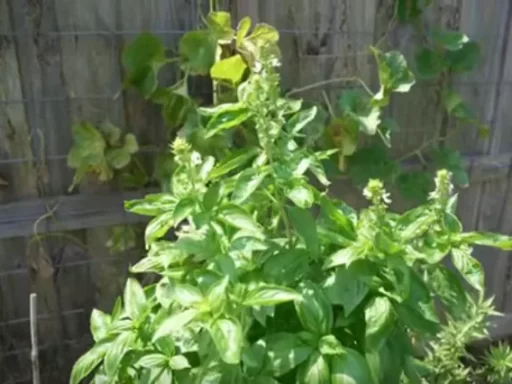September 1st marks the official beginning of meteorological fall, and for many gardeners, it signals the start of the fall gardening season. Fall is often considered one of the best times of the year to grow vegetables. However, it’s also the season when many new gardeners encounter difficulties and even failure. Fall gardening operates by a different set of rules compared to spring, and understanding these rules is crucial to ensure success.
In this article, we’ll explore the most common reasons why fall gardens fail and provide actionable solutions to help you avoid these pitfalls.
The Benefits of Fall Gardening
After enduring the heat, humidity, and storms of summer, fall brings a much-needed reprieve for gardeners. The temperatures are cooler, insect pests begin to decline, and watering demands decrease. These conditions are reminiscent of spring but come without the erratic weather and temperature swings, making fall an ideal time to grow a vegetable garden.
However, despite the favorable conditions, fall gardening presents unique challenges. The key to success lies in understanding these challenges and adjusting your gardening approach accordingly.
Reason 1: Not Planning 6-8 Weeks Ahead
The number one reason fall gardens fail is poor timing. Many gardeners wait until the temperatures cool down before planting their seeds, but by then, it’s often too late. From the time you plant a seed, it can take 6-8 weeks before the seedlings are ready for transplanting. If you wait for cooler weather, your garden may already be behind schedule.
Solution: Begin your fall gardening preparations early. Consider September 1st as mid-October in gardening terms. Start your seeds indoors, allowing them time to grow before the cooler fall temperatures arrive. This jump start ensures your plants have enough time to grow before the growing season comes to an end.
Reason 2: Not Using Transplants to Your Advantage
Another common mistake is not taking advantage of transplants. Just as you start seedlings indoors during the winter for a spring garden, you should start seeds indoors during late summer for your fall garden. This ensures that by the time fall temperatures arrive, your transplants are ready to go into the garden.
Solution: Start your transplants indoors while it’s still hot outside. Grow them under lights or on a sunny windowsill, and in 6-8 weeks, they will be ready to be transplanted into your garden. By doing this, you’ll be ahead of the curve and ready to take full advantage of the cooler weather when it arrives.
Reason 3: Letting the Weather Dictate Your Garden
Fall weather can be unpredictable. Summers can stretch longer than expected, and frosts can arrive earlier than anticipated. If you rely solely on the average temperature data or frost dates, you may find yourself caught off guard by these fluctuations.
Solution: Don’t leave your garden at the mercy of nature. Use shade cloth to protect your plants from excessive heat and frost fabric to shield them from early frosts. These simple modifications can extend your growing season and ensure your garden survives unexpected weather changes.
Reason 4: Growing the Wrong Varieties

Different plant varieties have different temperature tolerances. For instance, while some varieties of lettuce thrive in cooler conditions, others prefer warmer weather. Choosing the wrong variety for your climate can lead to poor growth or even plant failure.
Solution: Select plant varieties that are bred specifically for fall conditions in your area. Read the seed packets carefully and choose varieties that are suited for your region’s weather patterns. This is particularly important for cold-sensitive crops like lettuce, broccoli, and cauliflower.
Reason 5: Running Out of Daylight
As fall progresses, the days become shorter, and the sun’s intensity weakens. This decrease in sunlight can slow down plant growth, especially if your vegetables are not mature enough to take advantage of the shorter days.
Solution: Plant your fall garden early enough so that your vegetables can reach maturity before the shorter days of late fall. While cooler temperatures may be manageable, the lack of intense sunlight can halt your plants’ growth if they aren’t mature by the time daylight begins to fade.
Conclusion
Fall gardening can be incredibly rewarding, but it requires a different approach compared to spring. By planning ahead, using transplants, adapting to weather changes, choosing the right plant varieties, and planting early enough, you can avoid the common pitfalls that lead to failure. With these strategies, your fall garden can thrive, providing you with fresh vegetables well into the cooler months.





